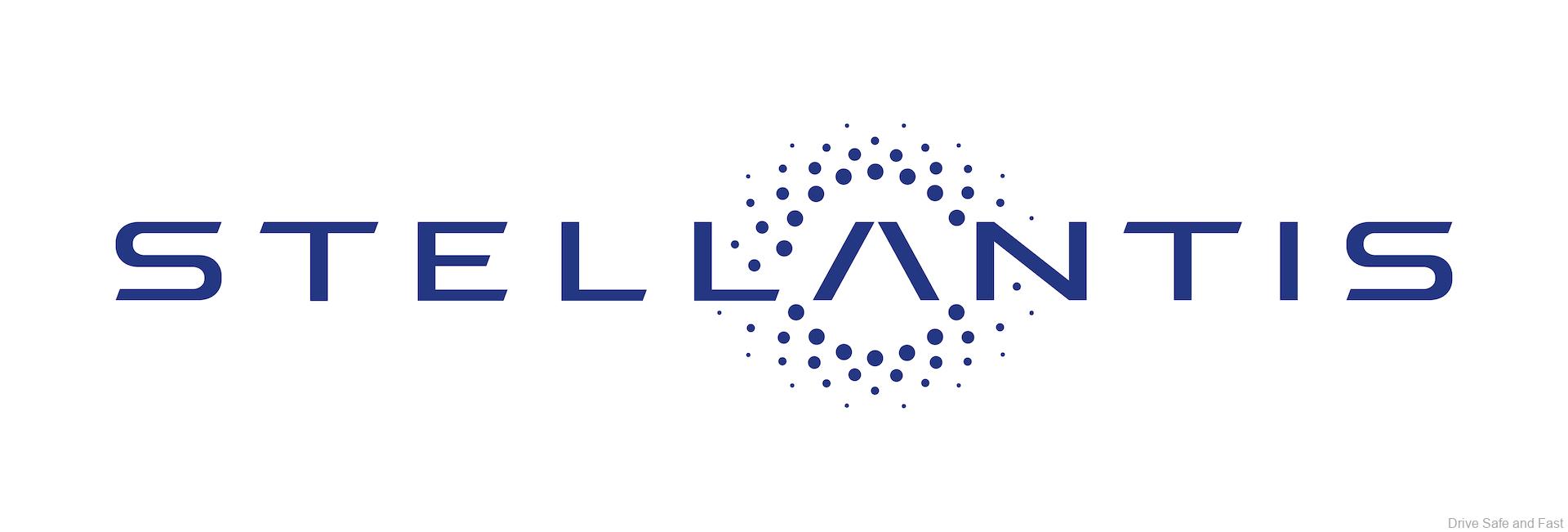Stellantis is targeting Europe and North America first to reuse battery materials
Stellantis and Orano have announced the signing of a memorandum of understanding to establish a joint venture for recycling end-of-life electric vehicle (EV) batteries and scrap from gigafactories in Enlarged Europe and North America, strengthening the former brand’s position in the EV battery value chain by securing additional access to cobalt, nickel, and lithium necessary for electrification and energy transition.

The joint venture capitalizes on Orano’s innovative, low-carbon technology, which breaks with existing processes, allowing the recovery of all materials from lithium-ion batteries, and the manufacturing of new cathode materials. The joint venture will produce materials also known as “black mass” or “active mass.”
Moreover, this can be refined in Orano’s hydrometallurgical plant to be built in Dunkirk, France, so that the materials could be re-used in batteries, thus closing the loop of a circular economy. This will surely help Stellantis secure a strong position in the ever growing EV future.

Thanks to its innovative pre-treatment approach and cutting-edge hydrometallurgy technology, the recovery rates of metals can reach exceptional levels of more than 90 percent. It enables OEMs to reach European Commission levels of recycling rate into batteries of EVs and ensure the sustainability of the business model.
In the context of increased demand for strategic metals and Europe’s strong dependence on those metals, Orano positions itself as a key player in the integrated value chain, from battery recycling to the production of cathode materials and everything in between making it the perfect partner for Stellantis.

As part of Stellantis’ Dare Forward 2030 strategic plan, its Circular Economy Business Unit is pushing to increase recycling revenues by ten times and achieve more than €2 billion (about RM10,051,815,400) in total circular economy revenues by 2030.
Stellantis is on track to become a carbon net zero corporation by 2038, all scopes included, with single-digit percentage compensation of remaining emissions. The new commercial recycling entity will also provide Stellantis’ partners, its after-sales network, and other OEMs with a solution to manage end-of-life batteries and scrap from gigafactories.

Production will begin in the first part of 2026, reusing existing Stellantis assets and facilities. Investments to reskill and upskill the employees of both brands will open sustainable perspectives for people in their new assignments and the joint venture is subject to agreement on definitive documentation.